

Location and Size
The New Juaben Municipality is one of the districts in the Eastern Region and was established in 1988 by the Legislative Instrument (LI) 1426. The Municipality lies between longitudes 1030’ West and 0030 East and latitudes 60 and 70 North. The Municipality shares common boundaries with East-Akim Municipal to the North-East, Akwapim North District to the East and South and Suhum-Kraboa-Coaltar District to the East. It covers a land area of 159 square kilometers representing approximately 0.6 percent of the total surface area of the Eastern Region. It has 52 major communities with Koforidua as its capital.
The Municipality is well served with road networks. Almost all the existing settlements in the Municipality are reached by improved condition of tarred roads and feeder roads. The Municipality has a road network totaling 72km and road density of 0.62 km.
Topography and Drainage
The land in the Municipality is generally undulating with heights ranging between 152m and 198m above sea level. The highest area is the mountain belt along the eastern boundary of the Municipality locally called Obuotabiri.
The Municipality is largely drained by the Densu River and its tributaries, which serve as the main source of drinking water for residents. The River has a dam constructed at Densuano from which treated water is transmitted to the Koforidua township and its suburbs. Few waterfalls are found at different sections of the Densu River.
Climate and Vegetation
The Municipality falls within the semi-deciduous rain forest climatic zone with a bi-modal rainy season, with rainfall ranging between 1,200mm and 1,700mm reaching its maximum during the two peak periods of May/June and September/October. The dry season is relatively short and is experienced between November and February. Humidity and temperatures are generally high ranging between 20? and 32?. The relatively mild temperatures make the Municipality a major tourist destination.
The vegetation is characterized by tall trees with evergreen undergrowth and rich in economic trees including Odum, Onyina, Kyenkyen, Wawa etc. These species greatly support lumbering and estate development activities. Scattered patches of secondary or broken forest are also present.
Date Created : 11/26/2017 3:13:26 PM





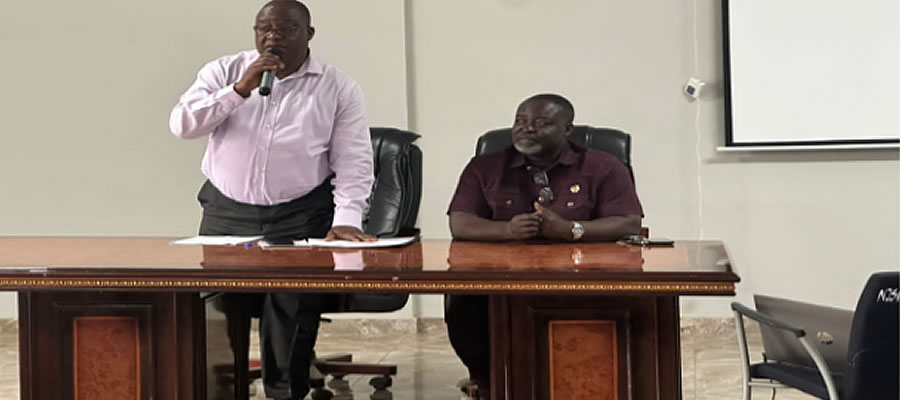
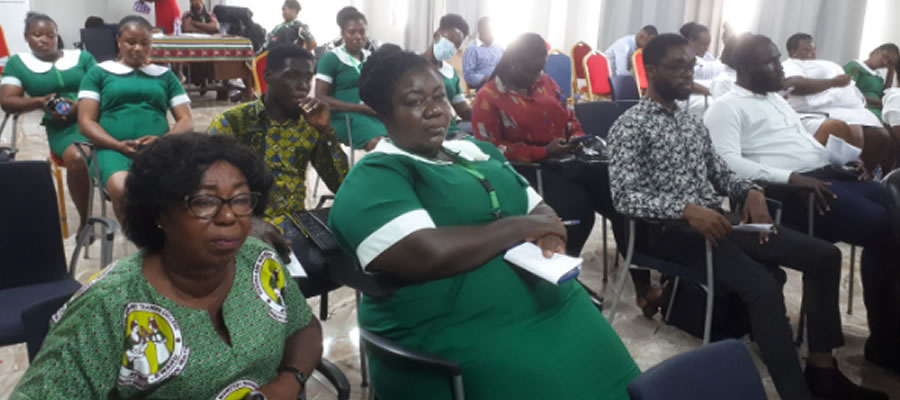
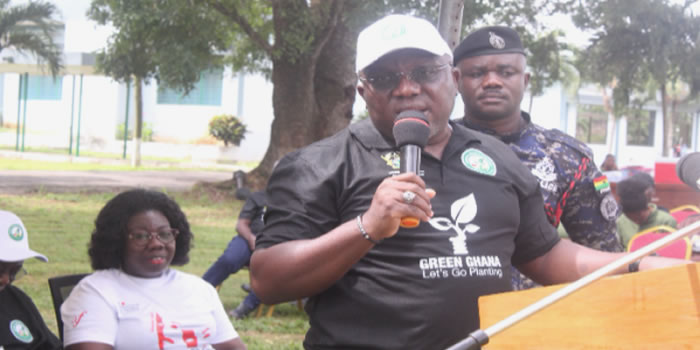
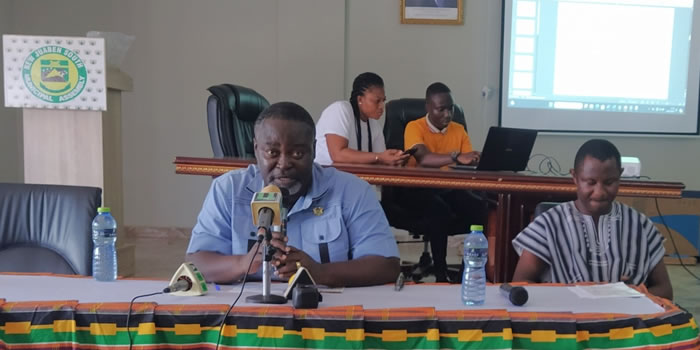
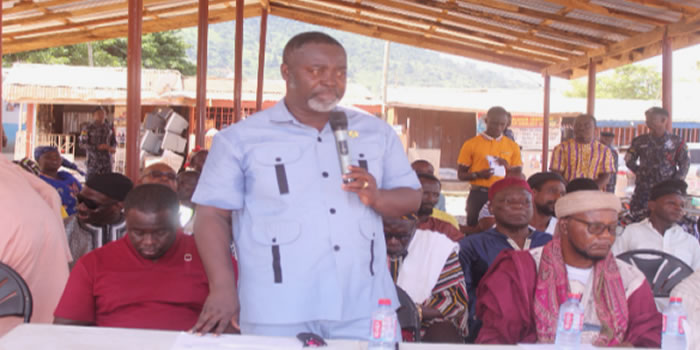




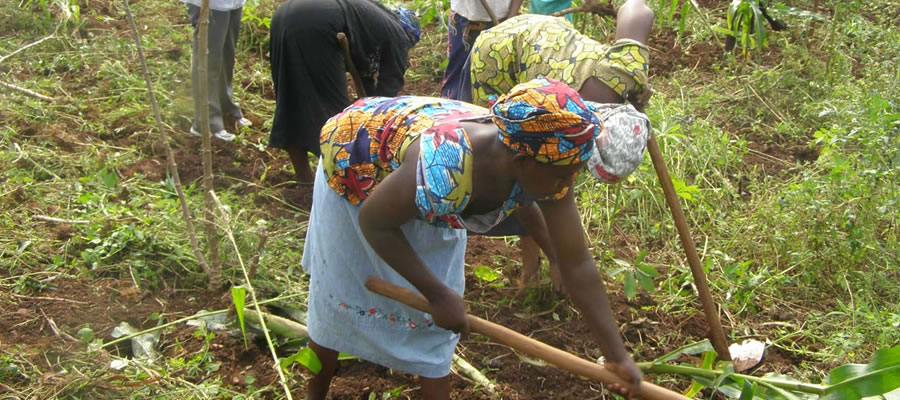
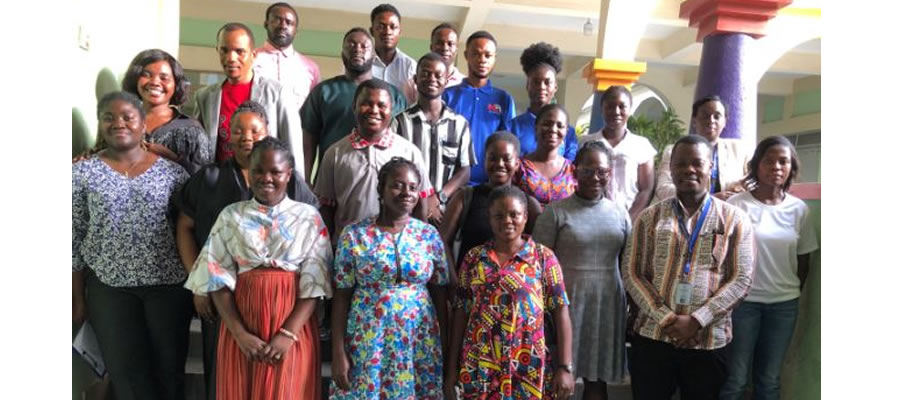





 facebook
facebook
 twitter
twitter
 Youtube
Youtube
 +233 593 831 280
+233 593 831 280 0800 430 430
0800 430 430 GPS: GE-231-4383
GPS: GE-231-4383 info@ghanadistricts.com
info@ghanadistricts.com Box GP1044, Accra, Ghana
Box GP1044, Accra, Ghana